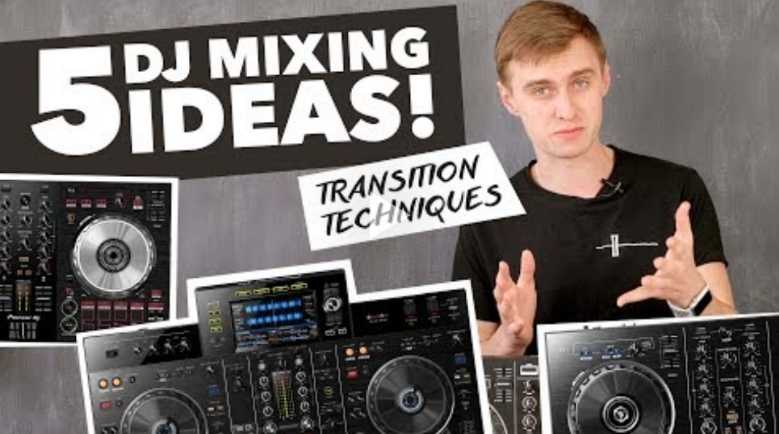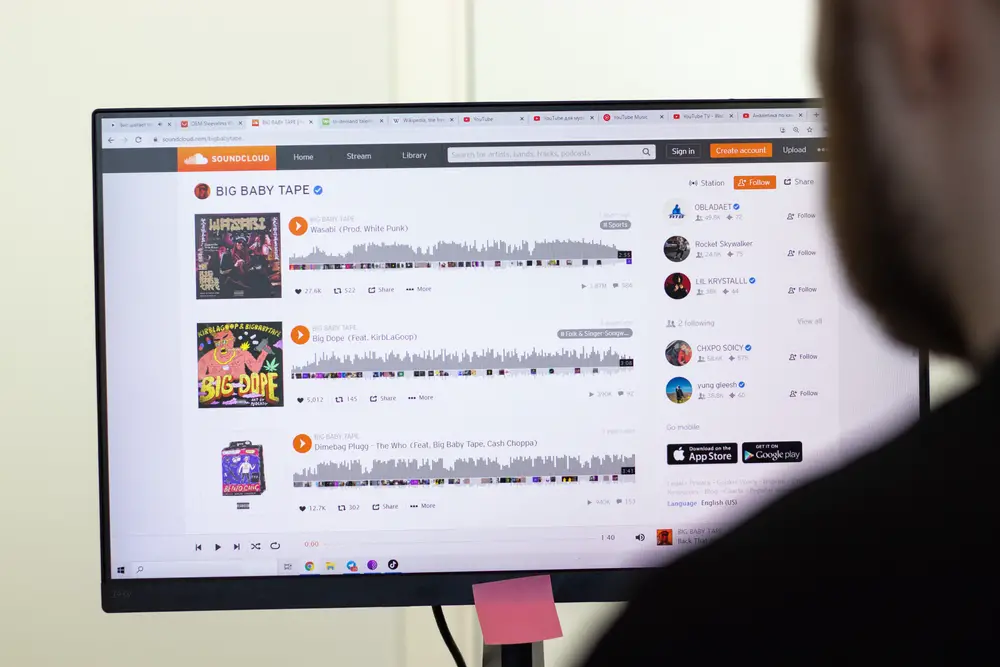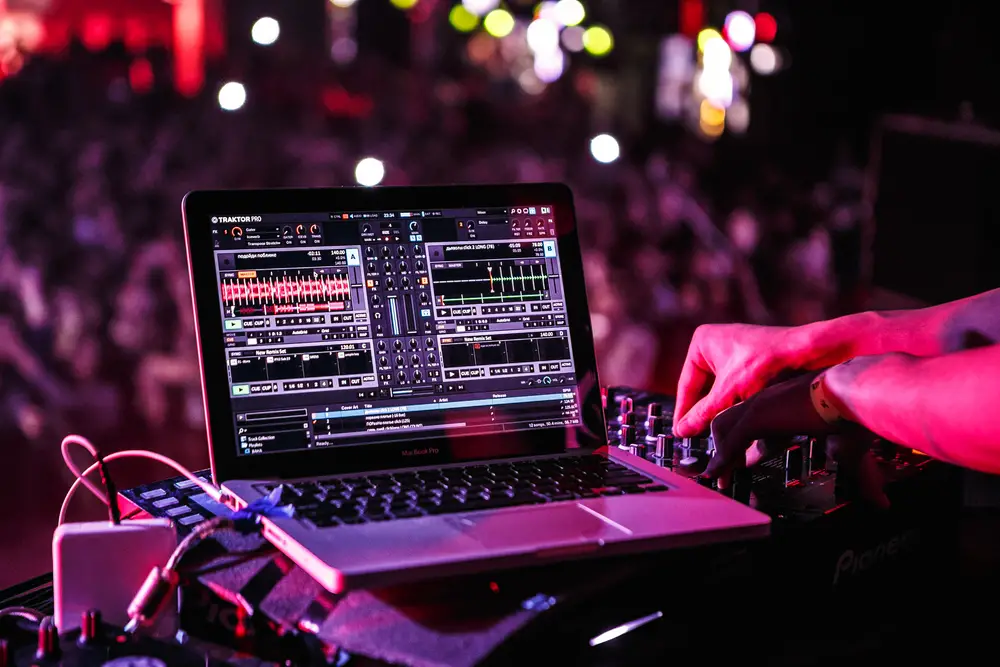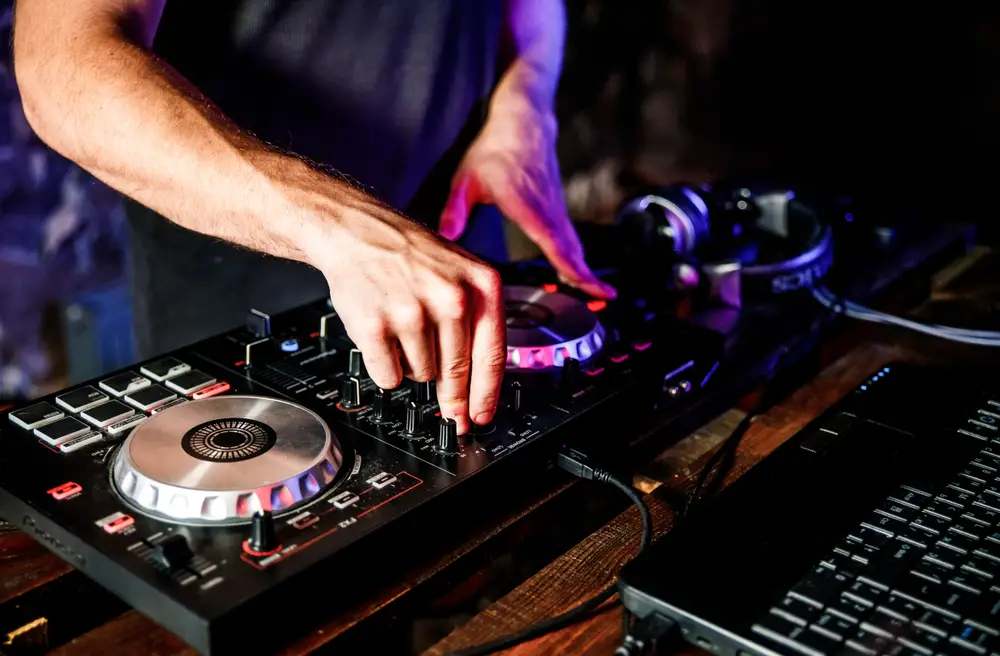When you are first beginning to DJ, mastering the basics is crucial to making your DJ sets more interesting to listen to.
However, if you’re still new to DJing, you might be curious to know: How do DJs improve transitions?
This article will cover some vital information about transitions, including how DJs improve transitions.
So, let’s get started.

What Is A Mix Transition?
To put it simply, a transition is a movement from one track to another. That being said, a transition doesn’t have to begin with one track and end with another. It can also refer to two tracks that are playing simultaneously.
It is also important to note that there are various transitions, and which transitions you use will largely depend on the type of mix you would like to create.
When figuring out which transitions will work for your mix, you must first consider how you would like your mix to sound from start to finish.
Are you aiming for one that will run smoothly the whole way through and therefore requires seamless and almost invisible transitions? Alternatively, you might want transitions that are more obvious and abrupt for the type of mix you’re going for.
Ask yourself these questions, and once you have established the answer, you can figure out which transitions work and set about incorporating them into your mix.
How Do DJs Improve Transitions?
There are a few techniques that you can use to improve your transitions, but these techniques take effort to perfect themselves. These include:
Always Timing Your Transition
When it comes to pulling off a transition, you will need to make sure that you keep the rule of fours at the forefront of your mind. This simply comes down to the fact that problems such as your tracks not lining up correctly can occur if you transition at odd times.
Most electronic music has standard four-beat bars arranged into 4 bar sections, forming 8, 16, 32, 64, and 128 bar phrases.
Using EQ (Equalizer) Switch
While mixing, the EQ is used to control frequencies to prevent frequency clashes and change the prevalence of a specific sound in a track. It can transform or totally ruin your sets, so it’s crucial to master.
The bottom line is, you will struggle to seamlessly mix between two tracks without playing around with the EQ, and it’s futile to try. After all, you want your mix to sound purposeful.
Using Filters
Using filters when mixing can soften the sound, which can help to prevent the clashing of different tracks. For instance, turning a filter towards the high end will work to filter out everything below that point.
On the other hand, if you turn it towards the low end, it will instead filter everything above that point.
Using FX
Occasionally, you will find that you need to get creative to keep the crowd guessing and interested when you’re playing your set. It can sound obvious that you’re slowly elevating the fader on your new track until the two tracks are playing simultaneously.
An FX is helpful to mask this process, working to provide a more creative transition.
However, despite these techniques you can master, there’s no getting away from the fact that improving transitions takes consistent practice. DJing isn’t something that you can learn overnight.
It takes a lot of time and dedication to perfect your craft and smooth transitions as a DJ.
The more that you practice, the more your transitions will improve.
How Do You Transition House Songs?
A house beat is synonymous with a 4 x 4 beat structure. An important thing to remember when mixing house songs is that house as a genre is often melodic. Bearing this in mind, you should make sure that your tracks mix in key with each other.
When it comes to transitioning house songs, you generally have two options to choose from. You can either cut between the tracks quickly or decide to introduce a track into your mix over an extended 32 or 64 bar section, swapping the EQs between the two tracks gradually.
Which transition you choose will depend on the feel of your overall mix.
How Do You Transition Techno?
How you decide to transition Techno depends on the type of Techno and the energy of the tracks you’re using. Techno can be so broad and includes many subgenres that you need to be aware of.
You might decide to mix heavy and harsh techno tracks quickly for a more clean transition.
Melodic and building Techno is more suited to long 32, 64, or 128 bar transitions with EQing. However, you will need to ensure that you maintain the crowd’s interest, as you want them to keep dancing!
When choosing the specific techno tracks to incorporate into your mix, these are all things to consider.
Tips for DJing
Practice Under Pressure
If you really want to improve your transitions, practice under pressure. Streaming live can help to imitate the experience of DJing live and get you used to performing to a crowd.
The more you play to real people, no matter the circumstance, the more confident you will feel when performing on stage at an event.
Listen To And Watch Other DJs Perform
There’s nothing like learning from the best! If you want to get better at transitions, make sure you do your research. Listen to and watch other DJs perform religiously and get a feel for the techniques that they use to blend their transitions.
In Summary
There are a few techniques that you can master to help improve your transitions.
However, if you’re serious about becoming a good DJ, then you can’t underestimate how much work goes into perfecting this skill.
Practice makes perfect, and the more experience you gain from playing, the better.
We hope you love the products we recommend. We may collect a commission if you purchase through one of our links. This doesn't cost you anything extra. If you do, thank you! As an Amazon Associate, I earn from qualifying purchases.








